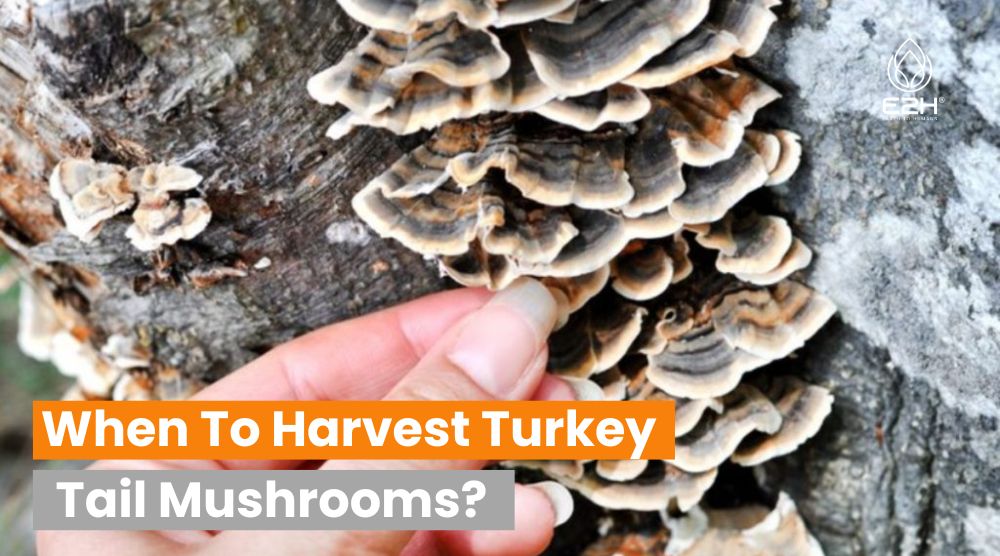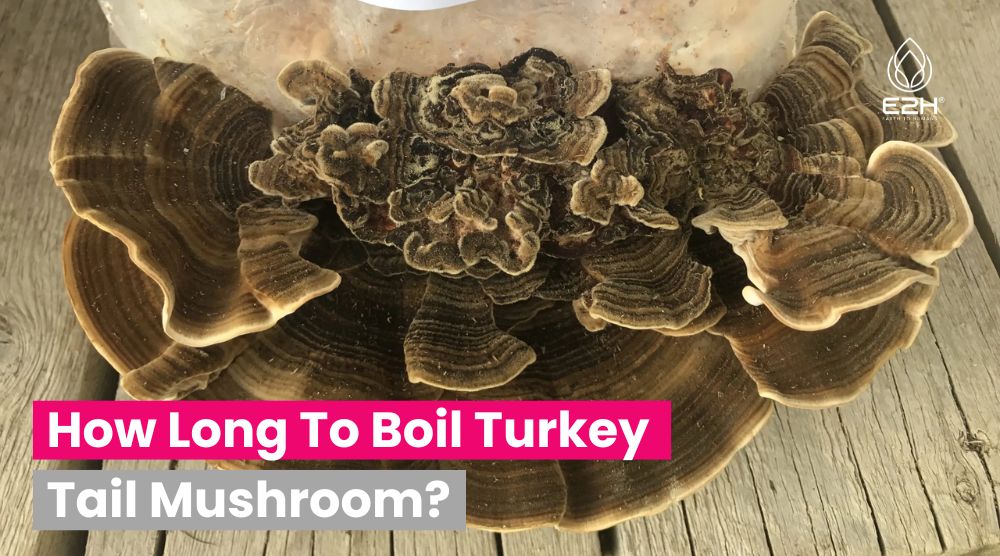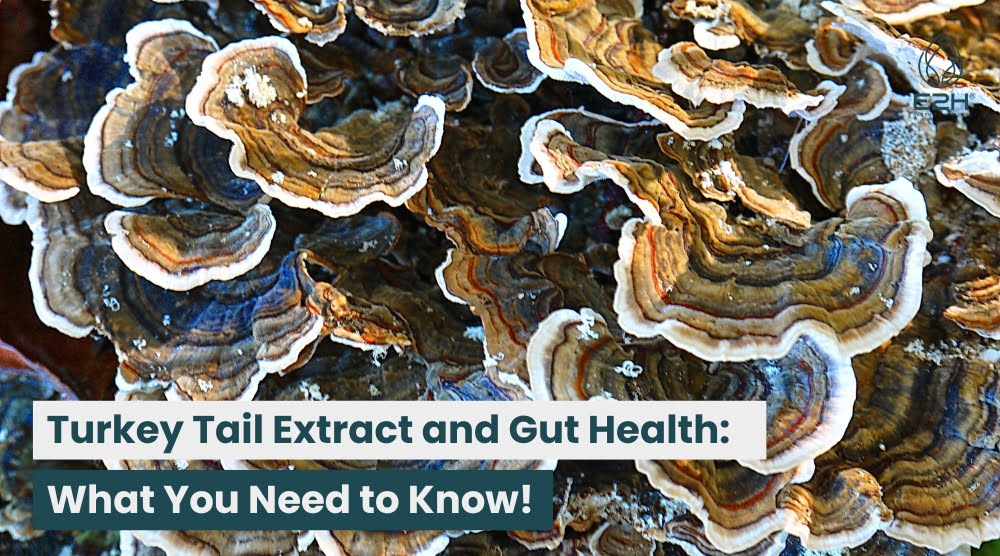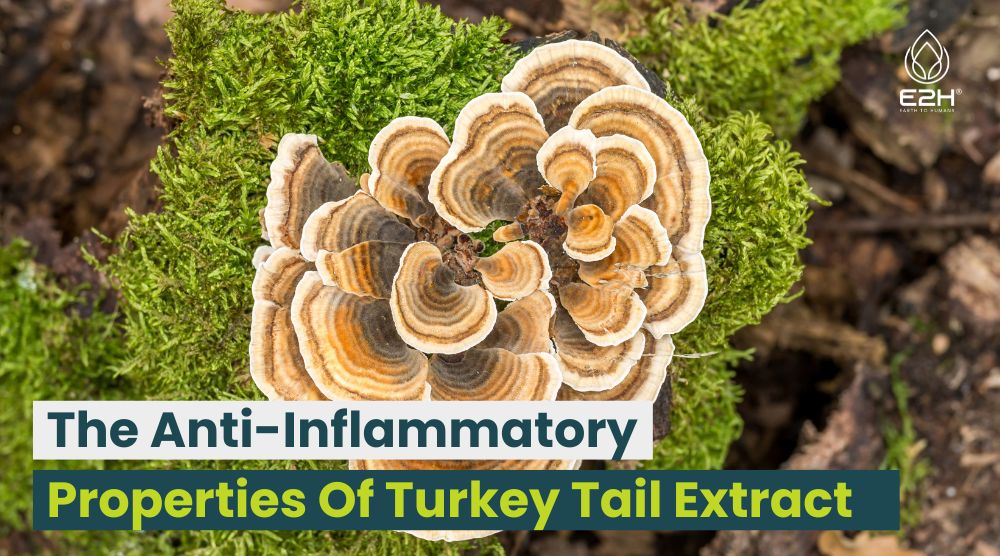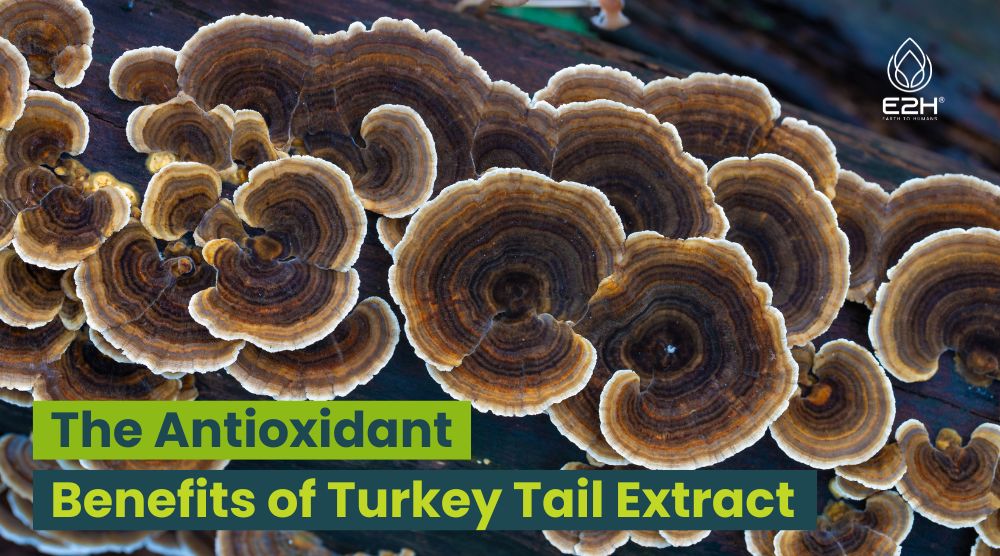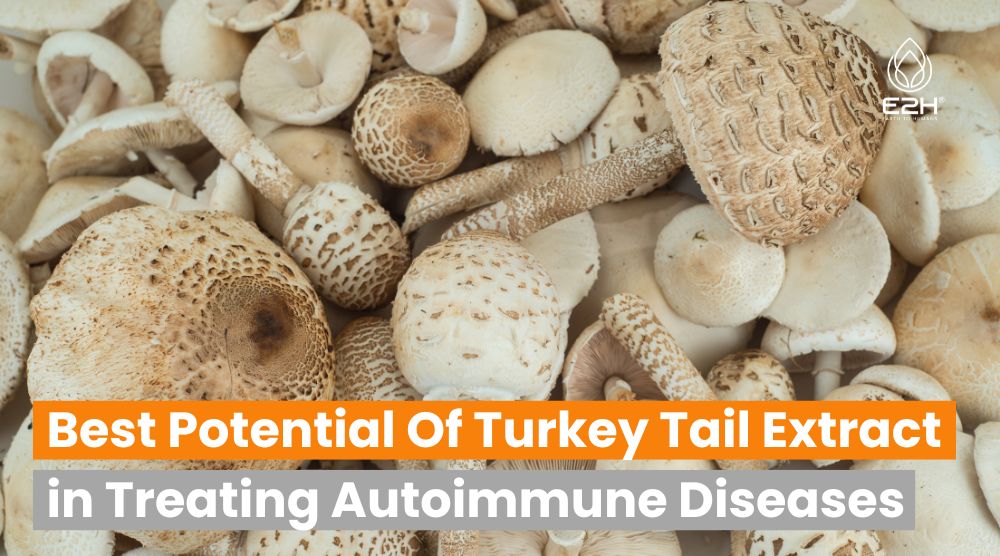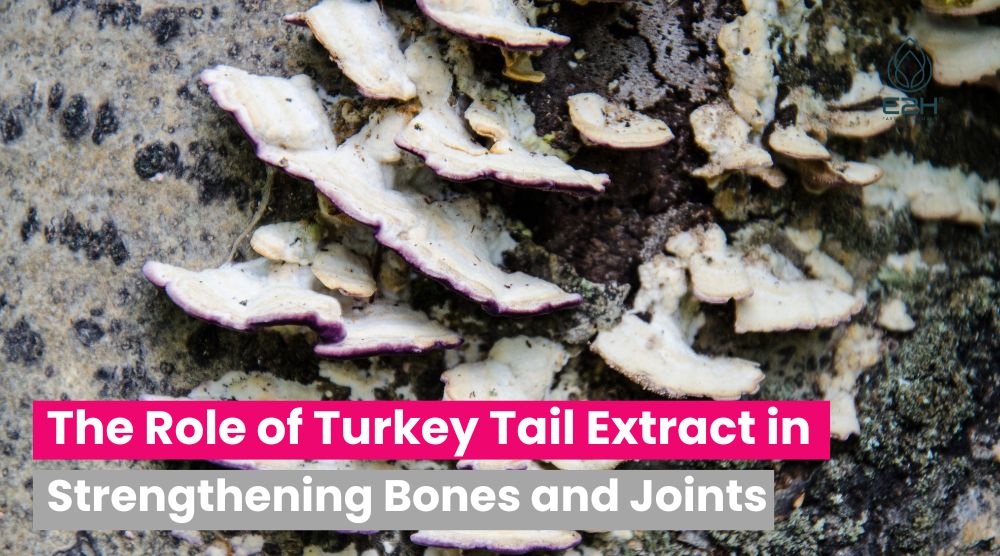When To Harvest Turkey Tail Mushrooms: Turkey tail mushrooms should be harvested when they display vibrant colors, firmness, and release spores. Harvest and grow wild turkey tail mushrooms cap and only during the fruiting stage, when the mushrooms have reached maturity.
Understanding Turkey Tail Mushrooms
Before discussing the optimal harvesting time grow turkey tail here, let’s familiarize ourselves with the characteristics of turkey tail mushrooms. These mushrooms typically grow in overlapping clusters on fallen logs, tree stumps, or decaying wood. Their cap shape resembles that of a turkey’s tail feathers, hence the name turkey tails. Turkey tail mushrooms are usually thin and leathery, with concentric rings of various colors.
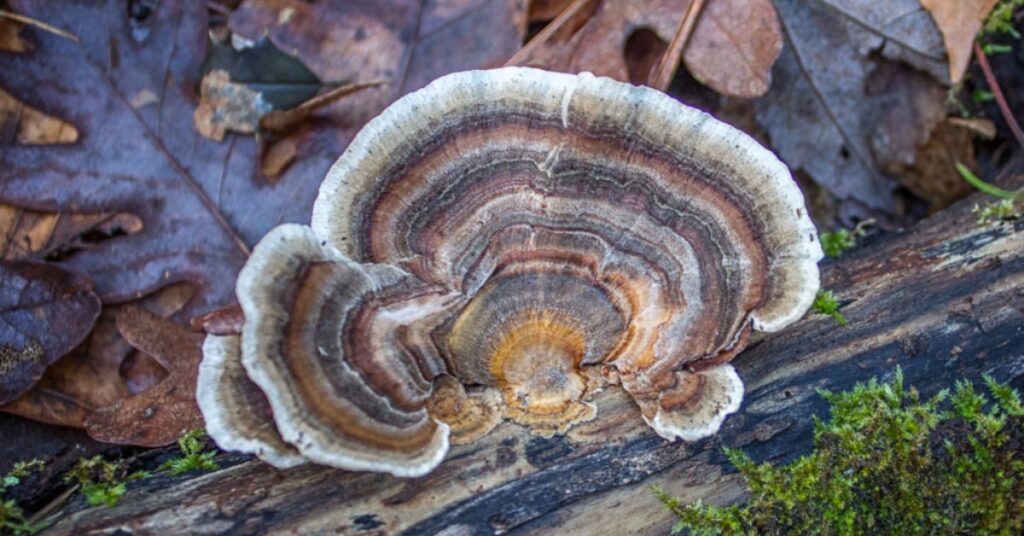
Identifying the Right Time for Harvesting
To determine when to harvest turkey tail mushrooms for medicinal value, it’s important to observe their growth cycle. The turkey tail mushrooms grow and go through several stages, including colonization, primordia formation, and fruiting. Harvesting of medicinal turkey tail mushrooms should occur during the fruiting stage when the mushrooms have reached maturity.
Signs of Maturity in Turkey Tail Mushrooms
- Coloration: Fully mature turkey tail mushrooms display a rich spectrum of colors, ranging from vibrant blues, greens, and yellows to earthy browns. The colors intensify as the mushrooms mature, indicating the presence of valuable compounds.
- Firmness: Gently press the mushroom caps to assess their firmness. When mature, turkey tail mushrooms should be firm but still pliable. If the caps feel excessively soft or brittle, it may be an indication that they are past their prime.
- Spore Release: Another sign of maturity is the release of spores. Mature turkey tail mushrooms release a fine dust-like powder from the underside of their caps. A mature mushroom should have a visible layer of spores on its surface.
Harvesting Techniques
When harvesting turkey tail mushrooms, it’s important to handle them with care to avoid damaging the delicate fruiting bodies and the mycelium beneath top surface of medicinal turkey tail mushroom. Follow these steps to ensure a successful harvest and prepare turkey tail mushrooms:
- Use a sharp knife: To detach the mushrooms from the substrate, gently cut them at the base. Avoid pulling or twisting, as this can harm the mycelium.
- Selective harvesting: Harvest mature mushrooms while leaving the younger ones undisturbed. This practice allows for future growth and ensures the sustainability of the mushroom patch.
- Leave some behind: It’s crucial to leave a portion of mature mushrooms in their natural habitat. This allows them to release spores and contribute to the propagation of turkey tail mushrooms in the ecosystem.
Storing and Preserving Turkey Tail Mushrooms
To extend the shelf life of harvested turkey tail and other young mushrooms well, proper storage and preservation techniques are vital. Follow these guidelines to make young and other mushrooms maintain their freshness and potency longer edible well:
- Drying: Air-drying turkey tail mushrooms is a common method for preservation. Spread them on a clean, dry surface in a well-ventilated area. Turn the mushrooms regularly to ensure even drying.
- Powdering: Once dried, you can grind turkey tail mushrooms into a fine powder. Store the powder in airtight containers away from moisture, heat, and sunlight. This powdered form is convenient for adding to teas, soups, or other recipes.
- Freezing: Another option is to freeze turkey tail mushrooms. Clean and slice the mushrooms before placing them in airtight containers or freezer bags. Properly labeled, they can be stored in the freezer for several months.
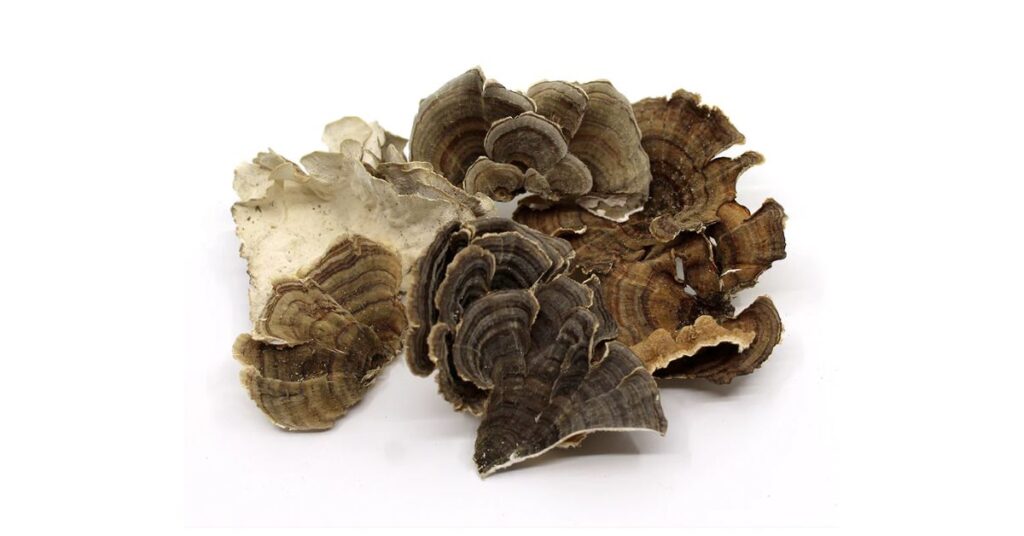
Can you harvest dry turkey tail mushrooms?
Harvesting dry turkey tail mushrooms is not ideal. When the first grow of turkey tails tail mushrooms are completely dry, they lose their moisture content and become brittle, making them less desirable for culinary or medicinal use. Dry turkey tails tail mushrooms grow are prone to crumbling and have a diminished flavor profile. It is best to harvest dried turkey tails tail mushrooms when they are fresh, pliable, and still contain some moisture. This ensures that they maintain their nutritional value and are more enjoyable to consume.
Can you harvest turkey tail in the winter?
Yes, you can harvest turkey tail mushrooms during the winter season. While the growth of turkey tail mushrooms grow and in general may slow down during colder months, the properties of turkey tail mushrooms are known to be resilient and can still be found in various regions during winter.
However, it’s important to note that the abundance of turkey tail mushrooms may vary depending on your specific location and climatic conditions. It is advisable to search for them on any fallen trees, logs, tree stumps, or decaying wood, which are what identify turkey tail mushrooms as their preferred growing environments, even in winter.
Where can false turkey tail mushrooms be found?
False turkey tail mushrooms (Stereum ostrea) can be found growing on various types of trees, particularly hardwoods such as oak, maple, and beech. They are often found on the branches, trunks, or fallen logs of these trees. False turkey tail tails have a shelf-like or fan-shaped appearance with a smooth upper surface and a rough, porous white underside.
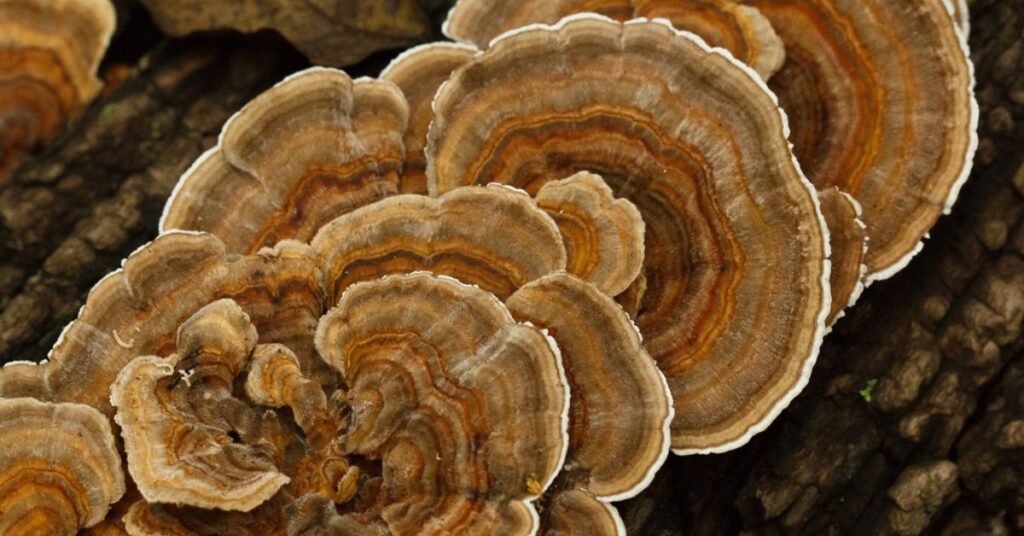
While they may resemble the true turkey tail mushrooms (Trametes versicolor) in appearance, they can be differentiated from identify turkey tail mushrooms by their different texture, coloration, and pore surface. It is important to exercise caution and consult an expert for accurate identification to avoid any potential risks.
How can you identify a false turkey tail mushroom?
To identify a false or real turkey tail mushrooms or edible mushroom well, it’s important to look for distinguishing features of edible turkey tail mushroom that differentiate it from the true turkey tail mushroom species (Trametes versicolor). Here are a few characteristics to consider:
- Color: False turkey tail mushrooms often have brighter or more vibrant colors compared to the natural shades of the true species.
- Texture: The texture of false turkey tail mushrooms may differ, appearing smoother or more velvety compared to the rough and leathery texture of the true species.
- Pore Surface: False turkey tail mushrooms may have a different pore surface, such as larger or irregularly shaped pores, compared to the tiny and evenly distributed pores of the true turkey tail.
- Growing Substrate: Pay attention to the growing substrate. False turkey tail mushrooms may grow on different substrates than the natural preference of true turkey tail mushrooms, such as live trees or different types of wood.
How to Harvest Turkey Tail Mushrooms in your Garden!
FAQs
How long does it take for turkey tail mushroom mushrooms to mature?
Turkey tail mushrooms typically take around 6 to 12 months to reach maturity, depending on various factors such as environmental conditions, substrate quality boiling water used, and the mushroom species or strain.
Can I harvest turkey tail mushrooms in different seasons?
Yes, wild turkey tail mushrooms can be harvested throughout the whole year round, although their growth may vary depending on the climate and region. However, they tend to be more abundant during the cooler months of fall and spring.
Are there any safety precautions to take during harvesting?
When harvesting turkey tail medicinal mushrooms yourself, it’s crucial to positively identify them to avoid any confusion with toxic look-alike species. If you’re uncertain about the identification of different species of medicinal mushroom, consult an experienced mycologist or refrain from consuming the mushrooms altogether. Additionally, always harvest medicinal mushrooms from areas free of pollution or contaminants.
Conclusion
Harvesting turkey tail mushrooms at the right time is essential to enjoy their full flavor, health benefits and medicinal properties year round here. By observing the signs of maturity, practicing gentle harvesting techniques, and employing suitable storage methods, you can savor the health benefits and medicinal benefits of these remarkable mushrooms year-round. Remember to appreciate the beauty of nature while responsibly foraging or cultivating turkey tail mushrooms.
